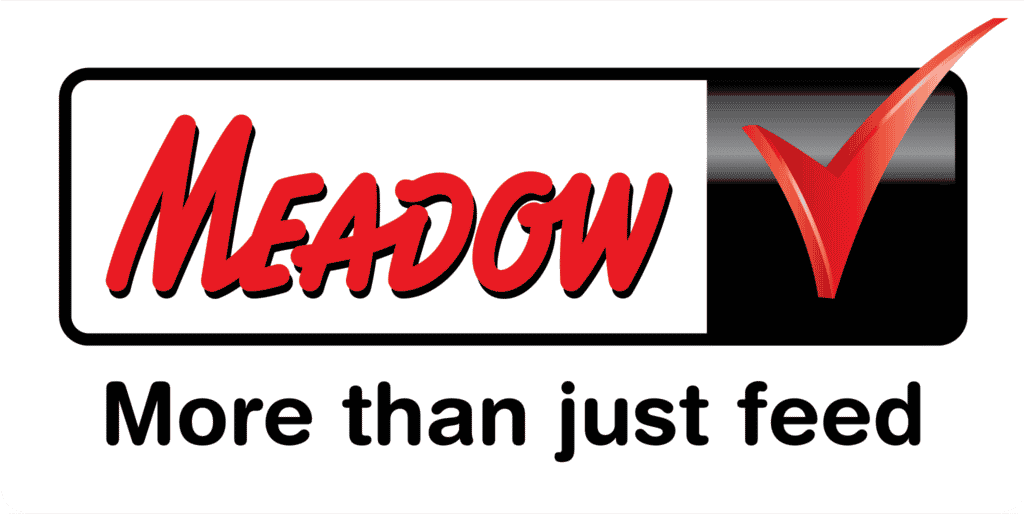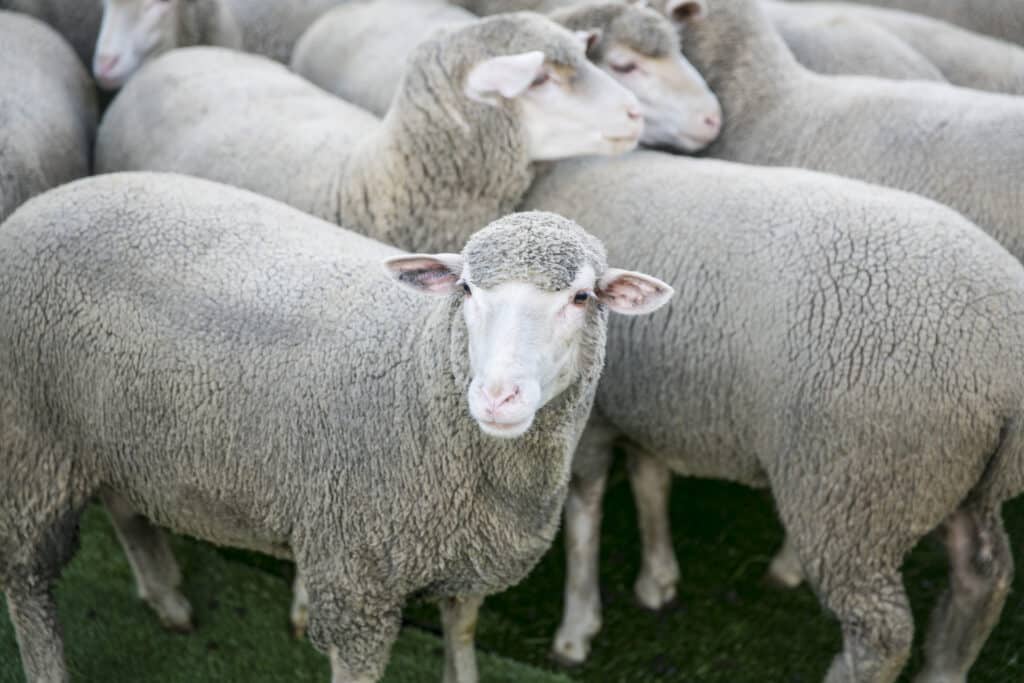The word ‘adapt’ means suitable for a new use or purpose. Adaptive feeding is not a new concept in the feed industry, but might be unclear to some farmers. It is advantageous for farmers to understand the role of adaptive/transition feeding in production systems.
Transition nutrition
A sheep’s nutritional requirements change as they transition through various physiological phases. Nutritional requirements are higher during productive stages and generally require additional supplementation to meet their nutritional demand. Supplementation may differ from farm to farm but the principle of adaptive feeding remains the same.
The transition to different feeds requires an adaptation period. A transition period of seven to 10 days is sufficient for the rumen microbes to adapt. It is recommended to feed a slow decline of the current feed with a slow increase of the new feed. A good example is when animals receive supplementary feeding during periods of limited roughage availability or high production phases. It is important to start with small amounts of feed for the first three days and then gradually increase the daily allocation. Enough feed bunk space is also important as dominant ewes tend to push weaker animals away and overconsume concentrates
The rumen microbes are very sensitive and need time to adapt to nutritional changes. The more we disturb this environment, the more we tend to see suboptimal results in performance. The key to successful nutritional adaptation is to limit the changes and give the rumen microbe population enough time to adapt. Potential risks of ineffective adaptation are weight loss, slower growth rates, tender wool, acidosis, and in extreme cases, death.
Wool production
A temporary interference with the growth of wool will lead to tender/broken wool. Nutritional status and illness are the two most common factors affecting wool tenderness. If these two factors can be controlled well, animals should achieve their genetic potential for wool production. It is important to have sound knowledge of the feeding programme that is followed and to know what the recommendations are for the specific products. Insufficient knowledge can lead to malnutrition and suboptimal results.
Conclusion
In conclusion, a properly functioning digestive system that supplies the required nutrients to the animal is the primary tool to optimise growth as well as wool and meat production. It is important to manage sufficient adaptation between dietary changes to limit stress or nutritional disturbances to the animal and achieve optimal feed intake and performance.



